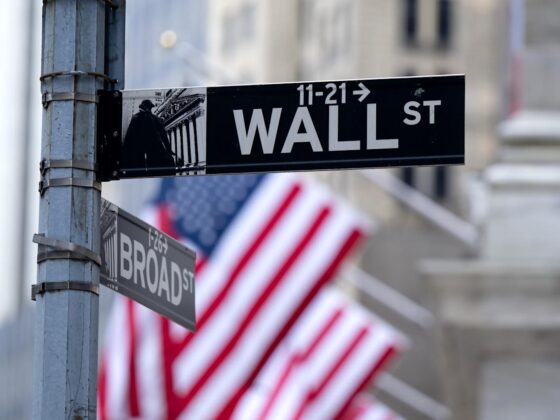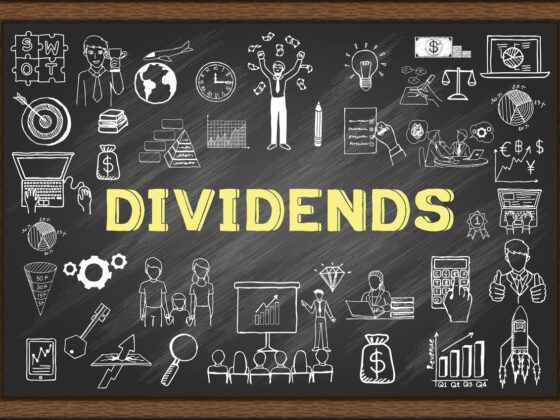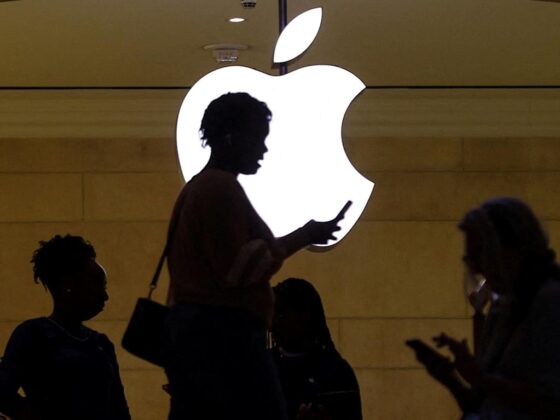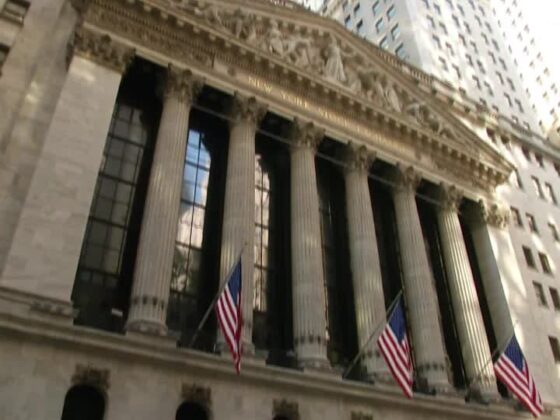Wall Street closed mixed on Wednesday, pulled down by energy, materials and real estate stocks. Investor mood was dampened by Fed Chair Jerome Powell not committing to an interest rate cut in September. Earlier in the session, markets were up on an unusually high second-quarter GDP advance estimate. Two of the three benchmark indexes closed in the red, while one closed in the green.
The Dow Jones Industrial Average (DJI) slid 0.4%, or 171.71 points, to close at 44,461.28. Twenty-two components of the 30-stock index ended in negative territory, while eight ended in positive.
The tech-heavy Nasdaq Composite rose 31.38 points, or 0.2%, to close at 21,129.67.
The S&P 500 lost 7.96 points, or 0.1%, to close at 6,362.90. Eight of the 11 broad sectors of the benchmark index closed in the red. The Materials Select Sector SPDR (XLB), the Energy Select Sector SPDR (XLE) and the Real Estate Select Sector SPDR (XLRE) declined 2%, 1.4% and 1.4%, respectively, while the Utilities Select Sector SPDR (XLU) gained 0.7%.
The fear gauge CBOE Volatility Index (VIX) decreased 3.1% to 15.48. A total of 17.66 billion shares were traded on Wednesday, lower than the last 20-session average of 17.87 billion. Decliners outnumbered advancers by a 2.52-to-1 ratio on the NYSE, while advancing issues led by a 2.05-to-1 on the Nasdaq.
Fed Chair Jerome Powell’s speech at the conclusion of the July FOMC meeting on Wednesday cast a shadow over investor sentiment, contributing to a pullback across major U.S. equity indices. While markets had been pricing in the possibility of a more dovish tone, Powell maintained a cautious stance, emphasizing that inflation, although easing, remains above the central bank’s long-term target. His remarks signaled that the Fed was not yet prepared to commit to rate cuts, reinforcing the possibility of a prolonged period of elevated interest rates. Powell also pointed to ongoing economic resilience, especially in the labor market and consumer spending, which he suggested could reignite inflationary pressures if policy were loosened prematurely.
Investors, who had been increasingly hopeful for rate relief by the fall, were disappointed by Powell’s unwillingness to shift toward a more accommodative posture. His insistence on remaining data-dependent was interpreted as a lack of clarity, leaving markets vulnerable to continued volatility. The tone of the speech, which highlighted both inflationary risks and global uncertainties, particularly around China and geopolitical tensions, added to the cautious atmosphere.












